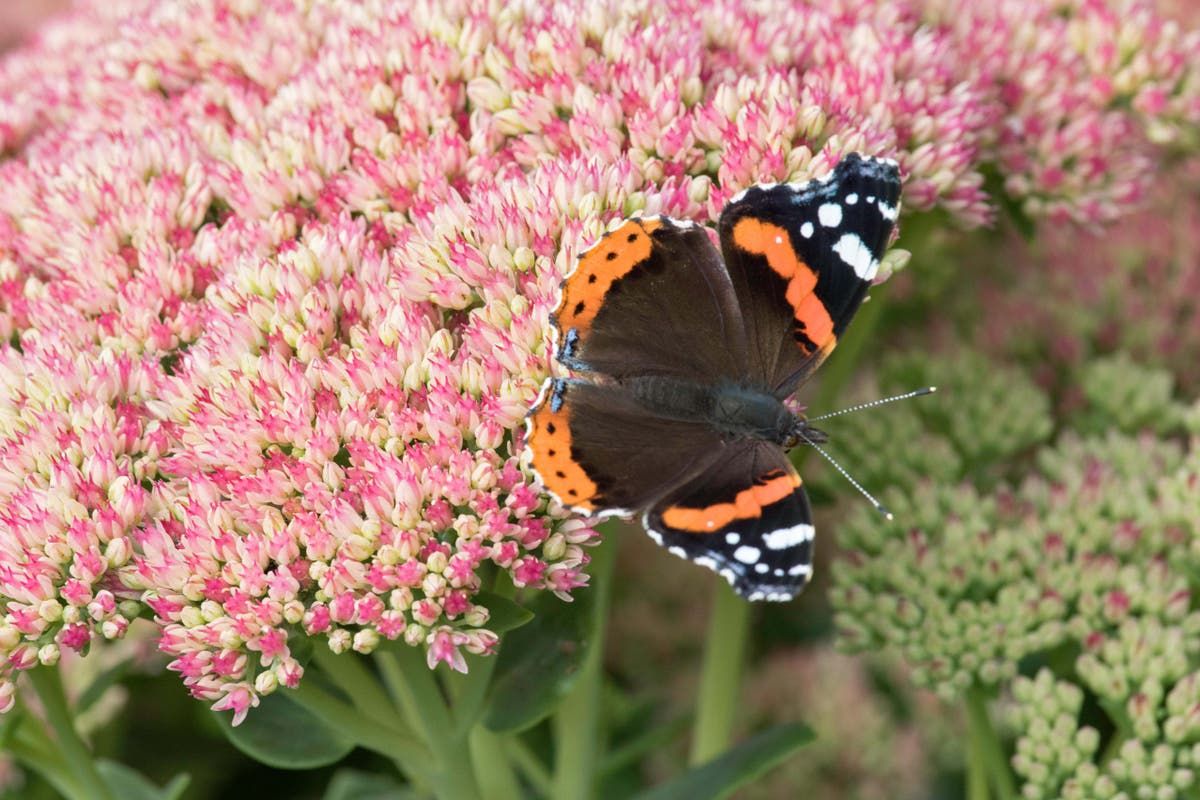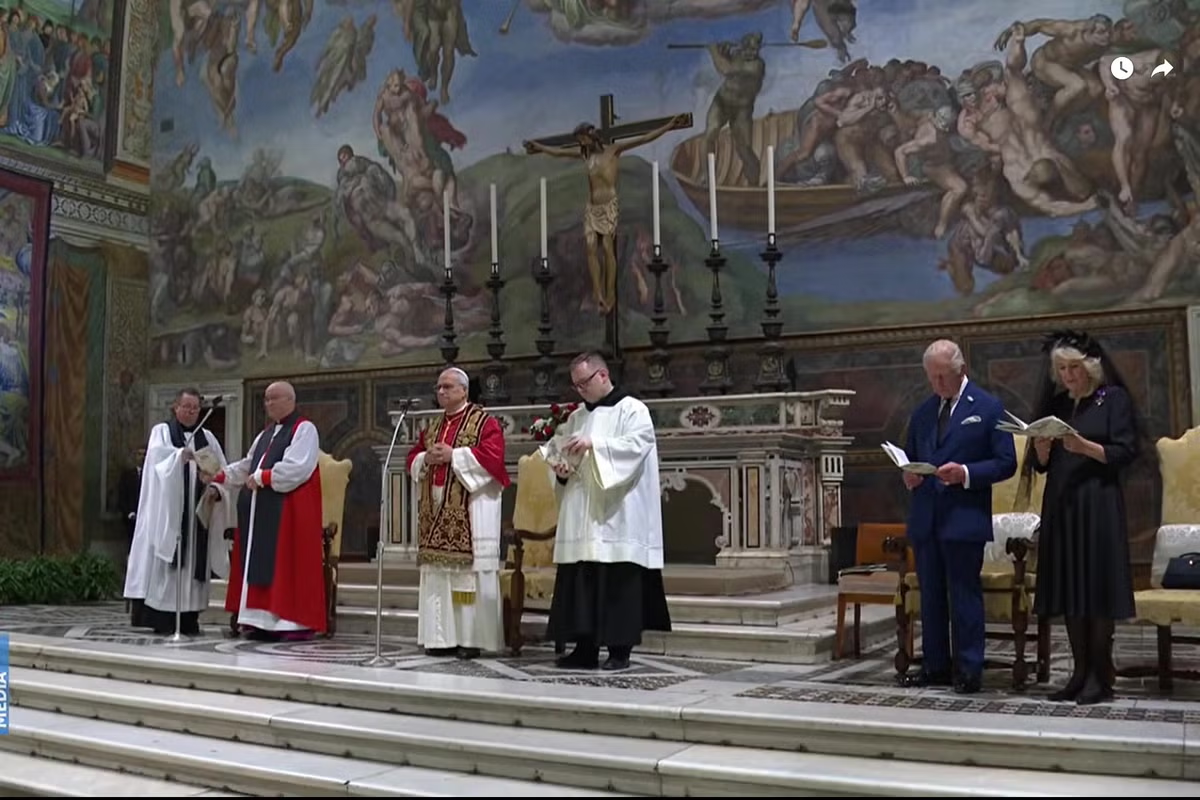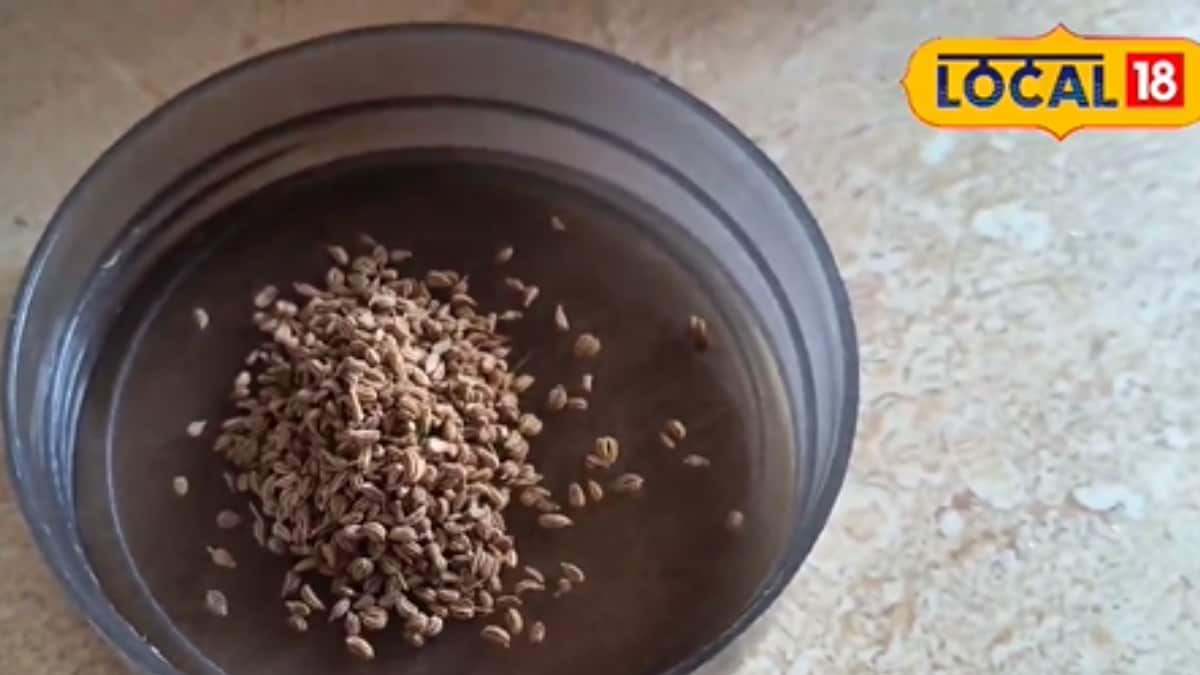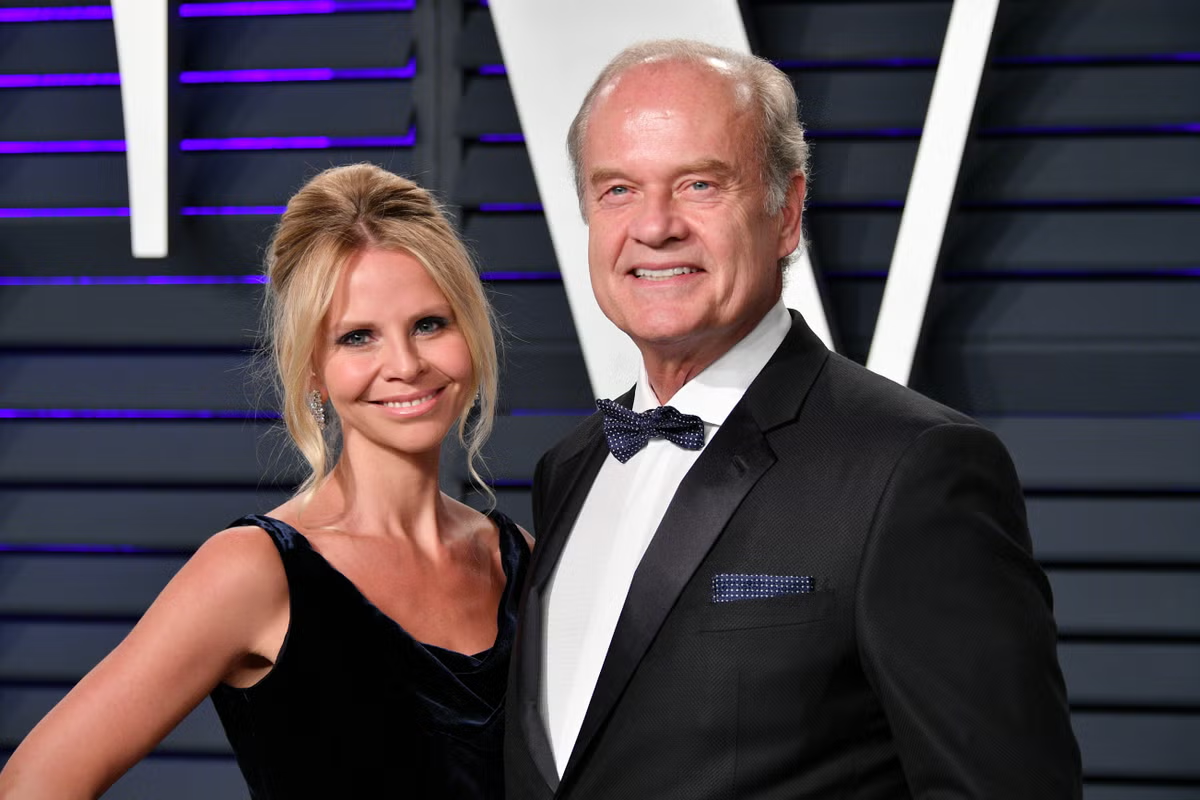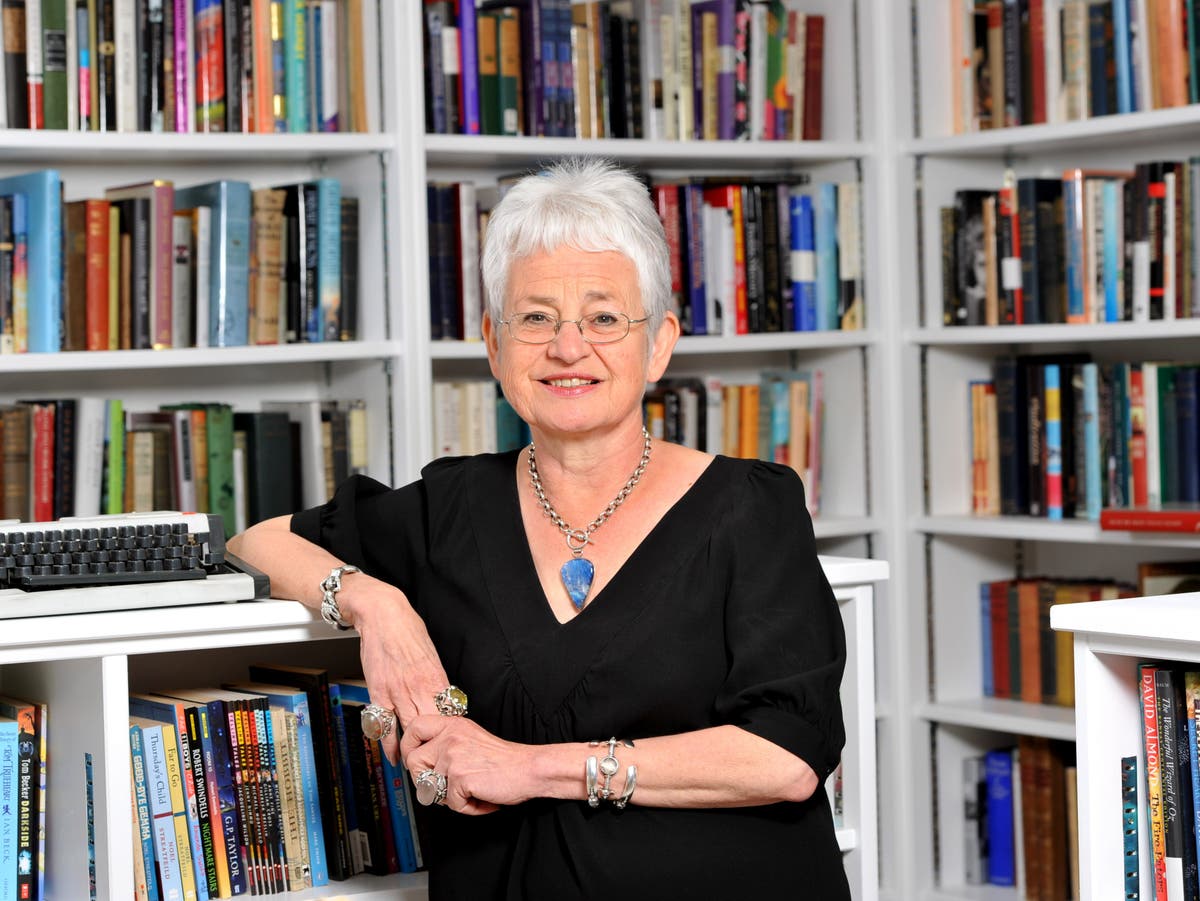Wondering what butterflies you might see in your garden this summer during the Big Butterfly Count, the annual UK-wide survey which aims to help us assess the health of our environment by counting the number and type of butterflies we see?
It depends on what plants you have in your outdoor space, but just looking at a buddleia (also known as butterfly bush) is enough to discover a huge variety of different species.
“July is peak season for some butterflies. Depending on where you are, you may see small tortoiseshell and peacock butterflies in your garden, which are among the most common species,” says Anthony McCluskey, conservation manager (Scotland) at Butterfly Conservation.
“You will also be able to see small and large white butterflies that should be in flight.”
What plants are likely to attract certain butterflies?
nasturtiums
“Gardeners can plant certain plants that will attract white butterflies to lay their eggs there, including nasturtium, honesty, and sweet arugula,” he says.

“Nasturtiums flower later in the summer, so you will see butterflies on them. They will also be visible on other plants that flower earlier because they will try to lay their eggs on them.” Large whites lay many eggs, which are orange or yellow and easy to see on the leaves, while small whites lay their eggs singly, which are still visible on the upper surface of the leaves. “The caterpillars will cause some damage,” she admits, “which is one of the ways caterpillars are known to be present. Large numbers of caterpillars of the large white butterfly can tear off leaves.” Some people plant nasturtiums near their vegetable garden to deter cabbage caterpillars.Grown grass
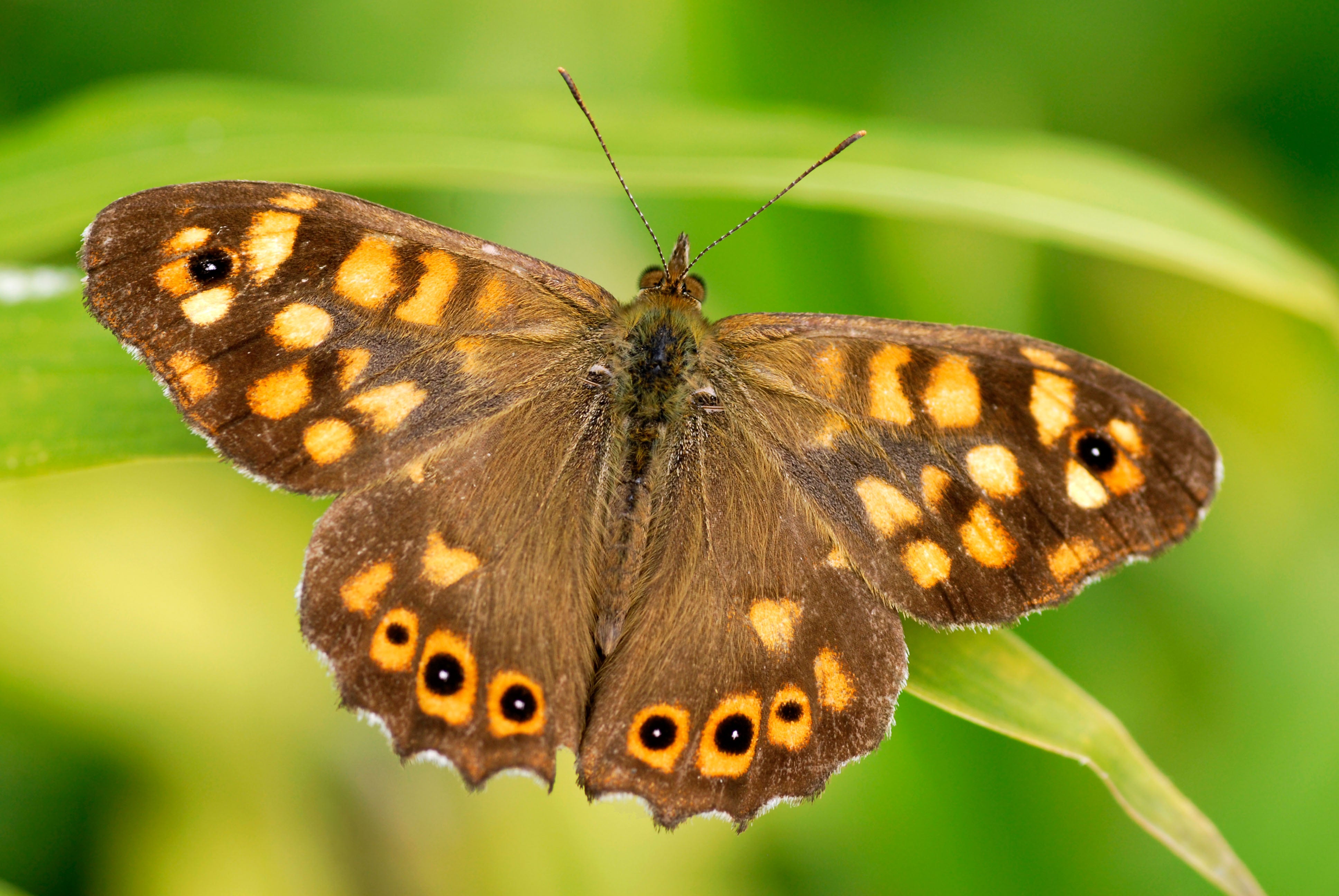
Leaving an area of tall grass under trees or hedges can attract species such as the spotted woodland butterfly, which is quite common and appears in towns and cities.
She suggests spreading No Mow May to attract these brown butterflies that have cream-coloured speckles on their wings. They need tall grass to lay their eggs.Sedum and scabiosa

The nectar-rich flowers of Sedum are very easy to grow, with bright blooms in late summer, while the pincushion-shaped flowers of Scabious in pink and white bloom all summer long and are a magnet for butterflies.
open flower dahlias
“Butterflies can access nectar on flowers that are quite closed, so opt for more open single-flowered dahlias, such as Bishop of Oxford. You will be able to see peacock butterflies, small hawksbill butterflies and red admiral butterflies,” she says.
mint
At the end of summer, mint will flower and is really good at attracting most butterflies, whether in a pot or anywhere in the garden.
Holly
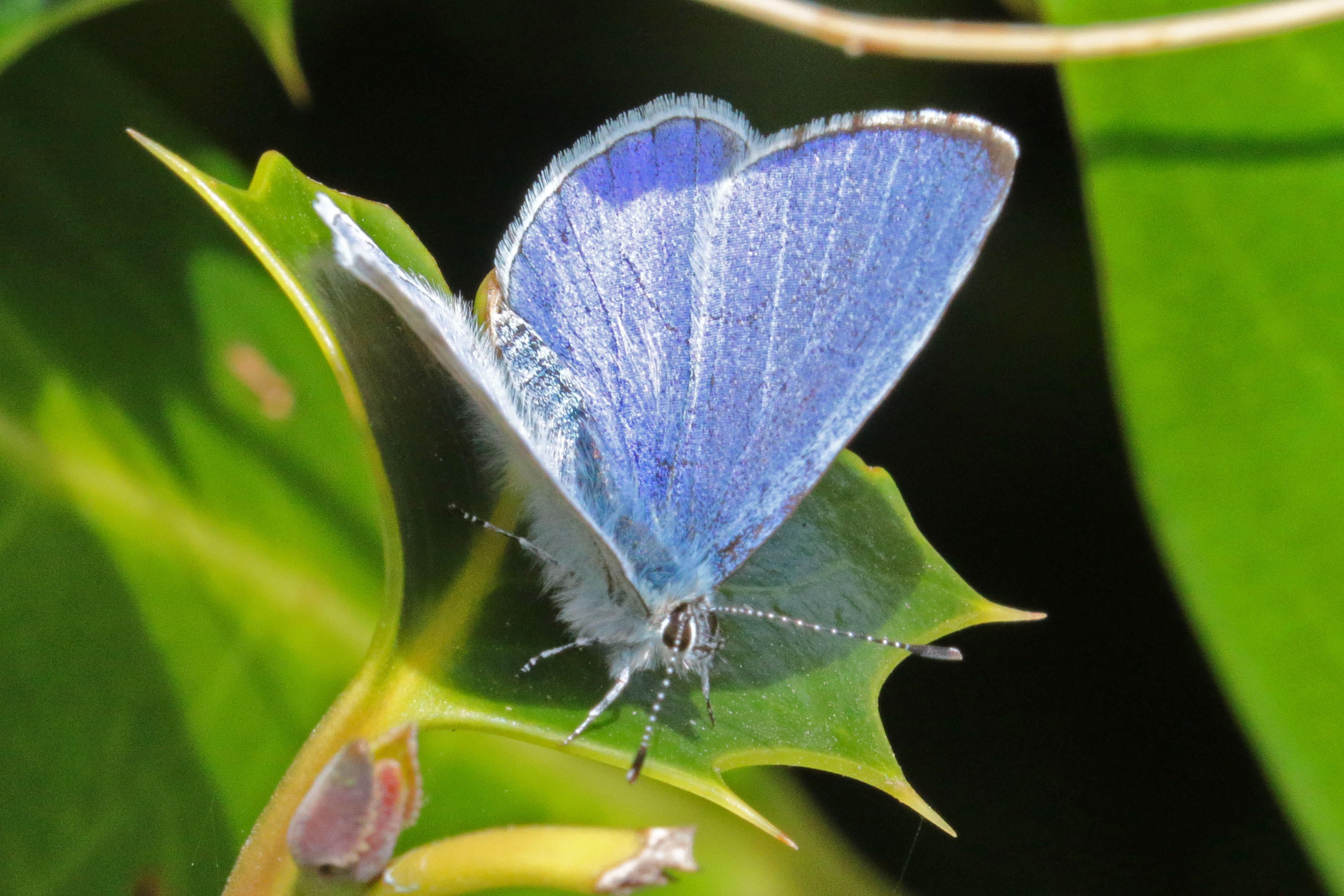
“The holly blue butterfly is a beautiful blue species that people can attract to their garden by planting holly because it lays its eggs on young holly flowers in spring, but then emerges again in summer and will lay eggs on other plants, including the ivy or dogwood.”
Drought tolerant plants
If you're planting in containers, choose drought-tolerant varieties that won't dry out. Herbs like thyme, marjoram and lavender are good for containers, especially in late summer, and will attract energy-hungry butterflies like the peacock butterfly and the small tortoiseshell butterfly, she suggests.
Perennial plants

Other colourful plants that can be planted in containers include short varieties of Verbena bonariensis and sea thistle, which has beautifully shaped flowers and leaves. Both are perennials that will grow back year after year. Purple Salvia caradonna also attracts butterflies, she says. “Any salvia attracts butterflies and bees and can grow well in containers.”
Cirsium rivulare
In recent years, this thistle-like plant, with deep red or purple flowers on tall, branching stems, has become popular with designers at the RHS Chelsea flower shows. It is much enjoyed by red admirals and is often swarming with bees.
Buckthorn and alder
Large, bright yellow/green brimstone butterflies camouflage themselves on alder leaves to lay their eggs.
And what about the humble buddleia?
Some gardeners view large varieties of buddleia as wayward bullies, and Butterfly Conservation acknowledges that while it is one of the best plants to grow for butterflies and moths, it must be managed to prevent it spreading through sensitive natural habitats.
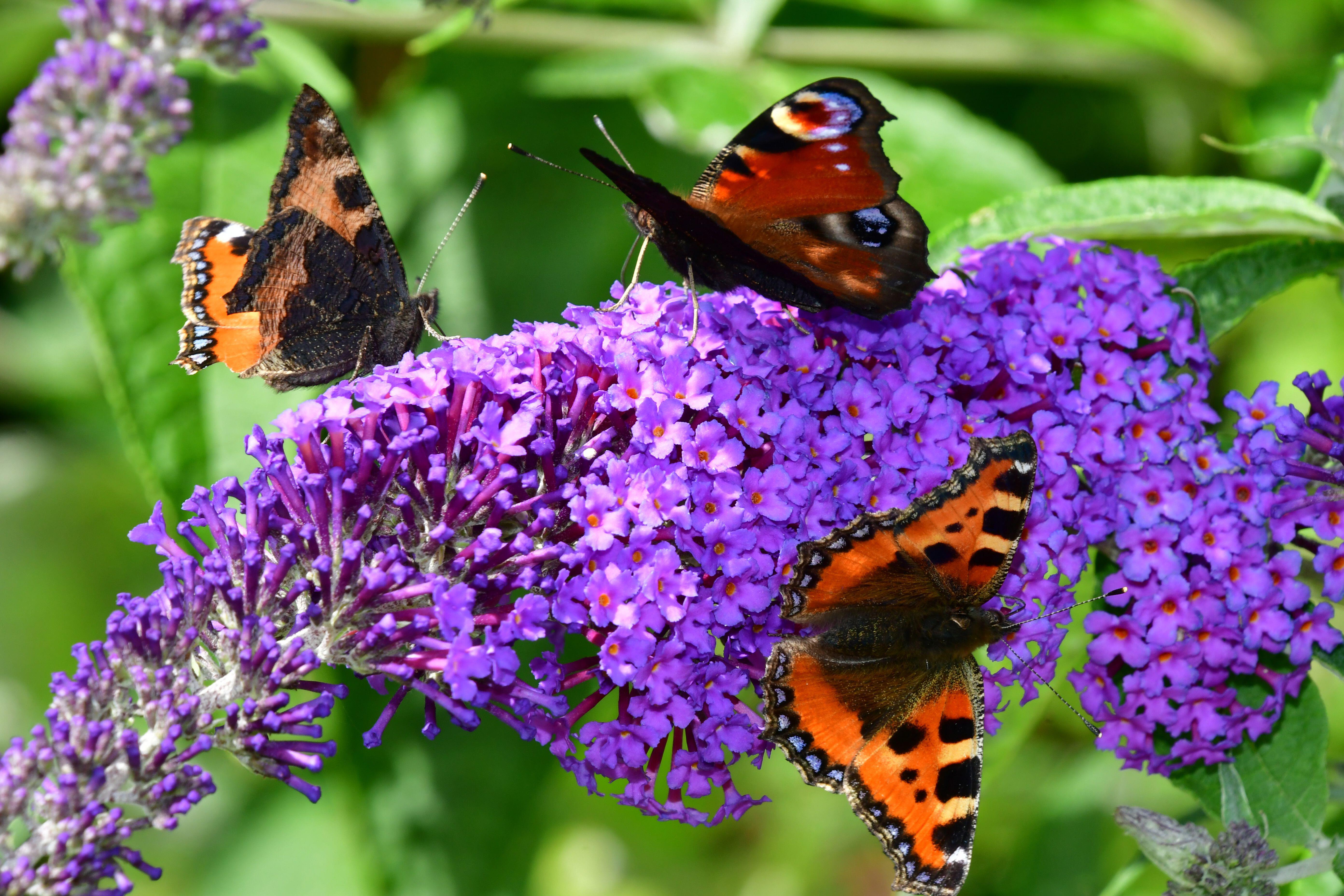
Care must be taken to prevent it from self-seeding and spreading beyond the garden, where it can invade nearby native plants, she warns.
However, you can get smaller varieties that are suitable for pots and are more controllable.
What plants are NOT likely to attract butterflies?
Large, mounding roses or any highly hybridized plants that butterflies have enormous difficulty accessing.
“Some have been bred and selected to have flowers that last a long time, but they don’t have pollen or nectar anymore. Things like pelargonium, tender geranium, aren’t really good for any of our butterflies. Other bedding, like petunias, don’t seem to attract anything,” McCluskey says.
Big Butterfly Count will run from Friday, July 12 to Sunday, August 4.

